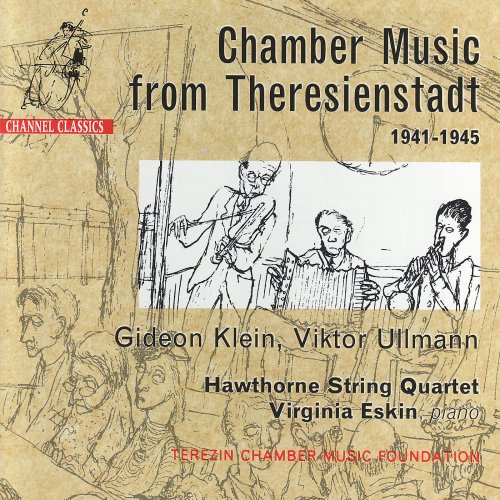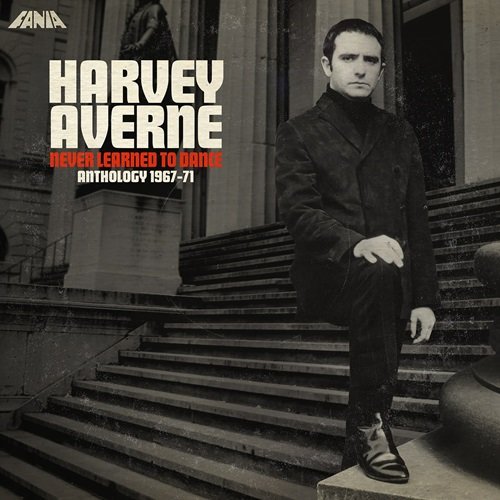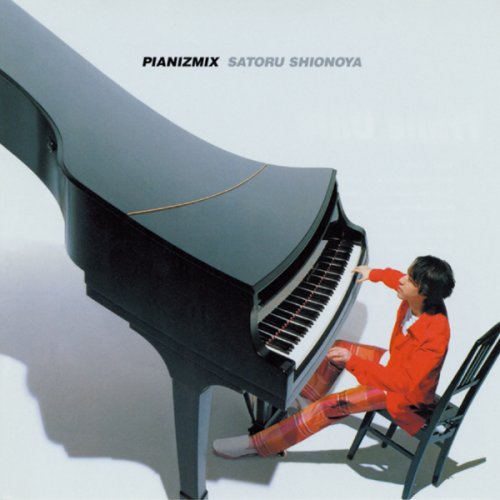Hawthorne String Quartet - Chamber Music from Theresienstadt (2007)

Artist: Hawthorne String Quartet, Virginia Eskin
Title: Chamber Music from Theresienstadt 1941-1955
Year Of Release: 2007
Label: Channel Classics Records
Genre: Classical
Quality: FLAC (tracks + booklet)
Total Time: 1:08:12
Total Size: 280 MB
WebSite: Album Preview
Tracklist:Title: Chamber Music from Theresienstadt 1941-1955
Year Of Release: 2007
Label: Channel Classics Records
Genre: Classical
Quality: FLAC (tracks + booklet)
Total Time: 1:08:12
Total Size: 280 MB
WebSite: Album Preview
1. Trio: I. Allegro (02:25)
2. Trio: II. Variance na téma moravské lidové pisné (07:56)
3. Trio: III. Molto vivace (03:23)
4. Fantasie a Fuga (08:50)
5. Sonáta pro Klavir (05:05)
6. Sonáta pro Klavir (03:27)
7. Sonáta pro Klavir (03:04)
8. Kvartet, Op. 2: I. Pomalu (10:03)
9. Kvartet, Op. 2: II. Vivace, ma non troppo (03:12)
10. Kvartet, Op. 2: III. Andante cantabile (06:41)
11. Quartett, Op. 46, No. 3: I. Allegro moderato (02:58)
12. Quartett, Op. 46, No. 3: II. Presto (04:04)
13. Quartett, Op. 46, No. 3: III. Largo (04:13)
14. Quartett, Op. 46, No. 3: Allegro vivace (02:46)
CHAMBER MUSIC BY GIDEON KLEIN AND VIKTOR ULLMANN MUSIC FROM THERESIENSTADT (1941-1945) This compact disc recording is dedicated to the unique creative spirit of the composers incarcerated in the concentration camp Theresienstadt. Their music is one of the most moving chapters of the spiritual resistance in the history of the Holocaust. Located sixty kilometers north of Prague, Terezin was built in 1780 as a garrison town by Emperor Josef II. With the invasion of Czechoslovakia by the Nazis in 1939, this fortress town was to become the Theresienstadt concentration camp. Theresienstadt was designed to serve two purposes: 1. a way station to the gas chambers of Auschwitz; and 2. an ideal vehicle of deception to mask the existence of the death camps, ultimately disguising the annihilation of the Jews. It was on November 24, 1941 that the first Jewish prisoners arrived in Terezin. Musical instruments were smuggled into Theresienstadt with the arrival of the second transport. Concerts, at first, were held secretly in the attics and basements of the barracks. Upon discovery of these secret performances, the Nazis realized the great importance of culture to the lives of the prisoners in Theresienstadt. They immediately sanctioned these cultural activities, believing that it would be easier to keep the prisoners under control…….





![Saied Silbak - Oud for Palestine (2025) [Hi-Res] Saied Silbak - Oud for Palestine (2025) [Hi-Res]](https://img.israbox.com/img/2025-11/09/w7hrg1bqzpdx29wt0z8i8g747.jpg)


